If you’ve ever asked yourself “how do I find peace?”, you’re not alone. Modern life is busy, noisy, and often overwhelming. Peace can feel like a far-off destination something you’ll experience only when everything slows down or life becomes perfect. The truth is, peace isn’t “out there.” It begins within, cultivated through how you relate to your body, mind, and daily habits.
Finding peace means creating a nervous system state of safety, softening mental beliefs that keep you tense, and embedding small rituals into your day that anchor calm. When your body feels secure, your thoughts become lighter, emotions flow with ease, and you can connect more deeply with yourself and others.
This guide explores:
-
How your nervous system shapes your ability to feel peace
-
Beliefs that silently block calm and how to gently release them
-
Micro-practices you can use daily to nurture inner balance
How tools like neuroVIZR can support your nervous system’s return to calm.
What Does It Really Mean to “Find Peace”?
Peace is often misunderstood as a destination or a permanent state of tranquility. In reality, peace is:
-
A nervous system state : feeling safe rather than stuck in fight, flight, or freeze
-
An emotional posture : choosing compassion instead of self-criticism
-
A mindset : embracing acceptance rather than constant resistance
-
A daily practice : repeated small actions that restore inner balance
So when you ask, “how do I find peace?” you’re really asking: How do I return to myself when life feels chaotic, stressful, or overwhelming?
How Your Nervous System Shapes Inner Peace
Your nervous system is the gatekeeper of calm. When it senses danger, real or imagined, it activates stress responses like fight, flight, or freeze. These states are normal, but when they dominate your daily life, peace feels impossible.
Polyvagal theory shows that true calm occurs in the ventral vagal state, a place of connection, safety, and openness. When you access this state, your heart rate stabilizes, breathing becomes gentle, and the mind naturally relaxes.
Simple Nervous System Resets
-
4-7-8 breathing: Inhale for 4, hold for 7, exhale for 8. Extending the exhale activates your body’s natural calming response.
-
Grounding scan: Identify 5 things you see, 4 things you feel, 3 things you hear, 2 things you smell, and 1 thing you taste. This anchors you in the present moment.
-
Gentle movement: Stretching, walking, or slow yoga signals safety to your nervous system.
-
Soothing self-touch: Place a hand on your heart or belly small gestures like these communicate safety and calm.
Common Beliefs That Block Peace
Sometimes it’s not just the body, it’s the mind. Quiet, unexamined beliefs can make peace feel distant.
Some common peace-blocking thoughts include:
-
“I’ll be at peace once everything is fixed.”
-
“If I slow down, I’ll fall behind.”
-
“I don’t deserve calm until I’ve done enough.”
-
“Expressing emotions makes me weak.”
These beliefs push peace into the future instead of letting it exist in the present.
Gentle Reframes for Inner Calm
-
From “I’ll be at peace someday” → “Peace can begin in this breath.”
-
From “I must do more” → “Rest is productive; it restores me.”
-
From “Calm means weakness” → “Calm is strength; it gives me clarity.”
-
From “I’m not allowed to slow down” → “Pausing is a gift to myself and others.”
Reframing isn’t denial, it’s creating space for calm to arise naturally.
Micro-Practices to Cultivate Peace Daily
Peace doesn’t always come in long retreats or hours of meditation. It grows in micro-moments woven into your day.
Simple Daily Practices
-
Pause in transition: Take a conscious breath before meetings, after emails, or while switching tasks.
-
Gratitude micro-check: Notice one small comfort, a warm cup of tea, sunlight on your skin, or a kind word.
-
Mindful rituals: Washing dishes, brushing teeth, or walking mindfully grounds you in the present.
-
Digital pause: Turn off devices for 20–30 minutes to allow your nervous system to reset.
-
Evening wind-down: Reflect on two or three positive moments from the day; dim lights and soften sounds.
These small acts, repeated consistently, gradually shift your nervous system toward peace as a default.
How Relationships Influence Peace
Humans are wired for connection. Safe, present relationships help anchor peace, while conflict or disconnection can amplify stress. So you must know to liven up a relationship.
Building Relational Calm
-
Seek secure spaces: Nurture relationships where you feel safe, seen, and valued.
-
Communicate openly: Name your needs without fear of judgment or blame.
-
Practice co-regulation: Share silence, walk together, or sync breathing with loved ones.
Peace isn’t only personal, it multiplies when shared.
Integrating Body and Mind for Lasting Calm
Peace emerges when nervous system regulation and mindset shifts work together:
-
Calm your body through breathing, grounding, and movement.
-
Release unhelpful beliefs via reflection, journaling, and gentle reframing.
This dual approach builds a resilient foundation for sustained inner peace. Acceptance here is not giving up, it’s reducing internal friction and living with clarity.
How neuroVIZR Supports Your Peace Journey
Sometimes we need gentle external guidance. neuroVIZR stress relief devices uses soothing visual experiences that align with your natural rhythms, helping your nervous system remember what safety feels like.
It reinforces:
-
Breathwork and mindful awareness
-
Nervous system resets
-
Daily micro-practices for presence
neuroVIZR brain training devices isn’t about forcing calm, it’s about creating space for your body and mind to reconnect, making peace more accessible throughout your day.
Creating Your Personalized Peace Plan
Everyone’s path to peace looks different. Here’s how you can start crafting yours:
-
Identify triggers: Notice moments that disrupt calm, emails, traffic, self-criticism.
-
Pick one nervous system reset: Try a grounding exercise or 4‑7‑8 breath daily.
-
Choose one belief to reframe: Replace a limiting thought with a gentle, empowering alternative.
-
Add one micro-practice: Gratitude, mindful walking, or a short digital pause.
-
Consider external support: Use tools like neuroVIZR to reinforce your calm.
Peace isn’t about perfection, it’s about repeatedly choosing to return to yourself.
You may like - can stress and anxiety cause vertigo
Conclusion: Peace Is Available Now
Learning how to find peace doesn’t require escaping your life, it requires creating an inner world that can withstand it. By calming your nervous system, gently reframing beliefs, integrating micro-practices, and cultivating safe connections, you build a foundation for lasting calm.
Peace begins here, in this breath, and in this moment. Every pause, reflection, and mindful act is a step closer to a life that feels grounded, safe, and fully present.
FAQ:
1. How do I find peace in my life?
By calming your nervous system, reframing limiting beliefs, and practicing daily mindful rituals.
2. Why do I struggle to find peace?
Stress, unresolved emotions, negative beliefs, and constant distractions can block inner calm.
3. What is the secret to finding peace?
The secret is cultivating present-moment awareness, self-compassion, and a balanced nervous system.
4. How to find inner peace when everything is falling apart?
Focus on small grounding practices, conscious breathing, and gentle reframing of thoughts, peace can exist even in chaos.
5. How to live a peaceful stress-free life?
Integrate micro-practices like mindful pauses, gratitude, safe connections, and nervous system resets daily.
6. What are common obstacles to inner peace?
Unhelpful beliefs, overthinking, constant busyness, unresolved emotions, and negative environments.






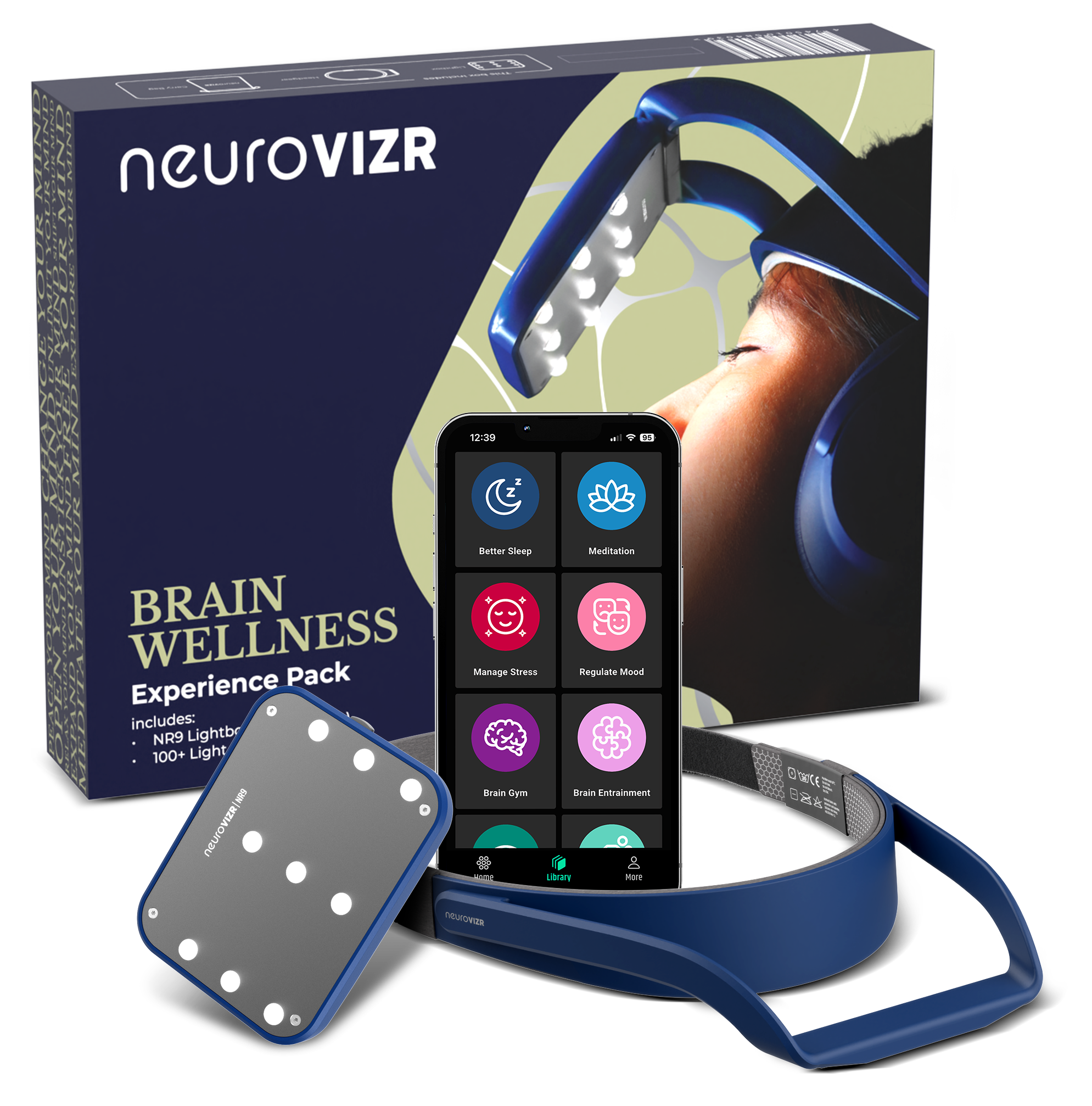







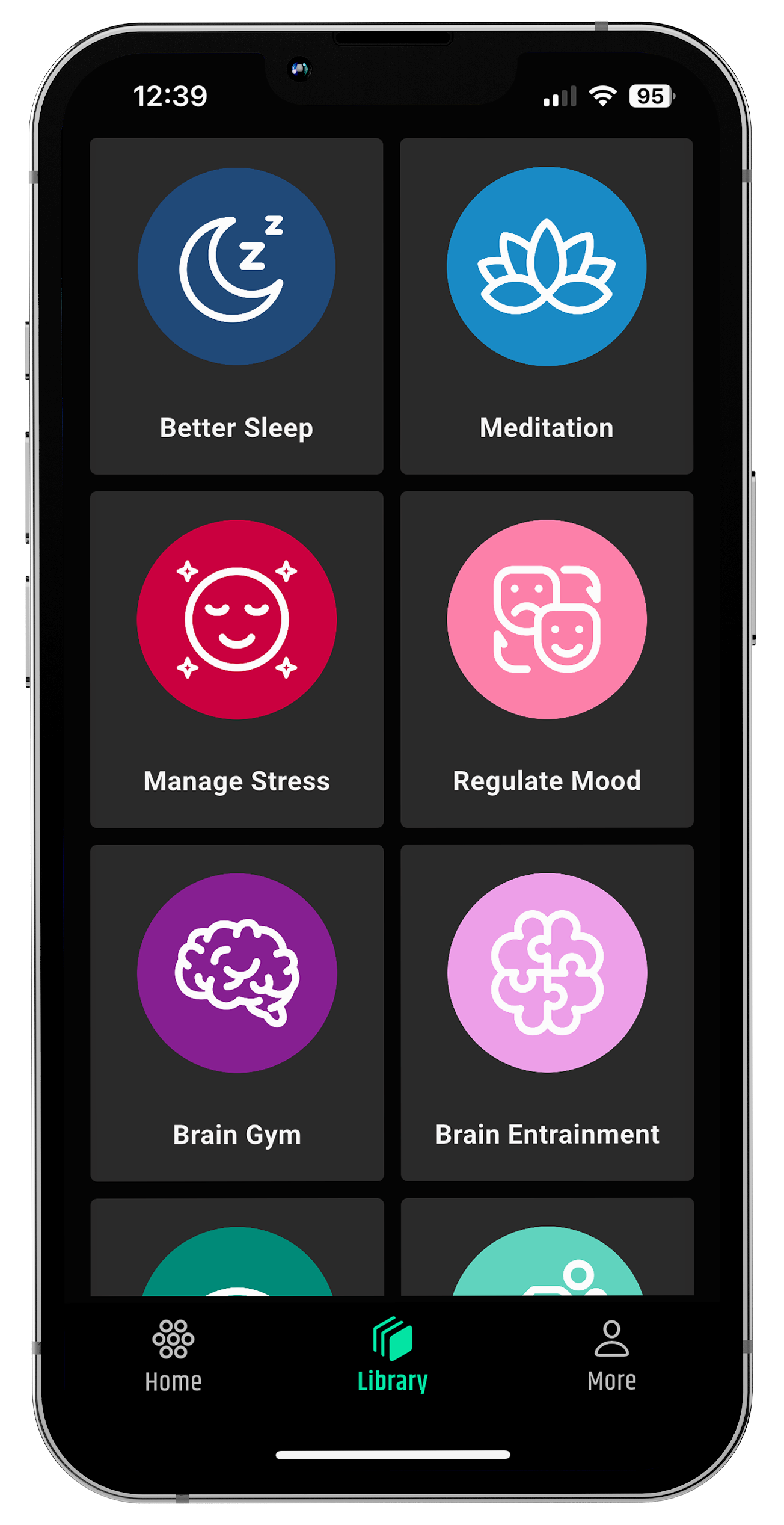

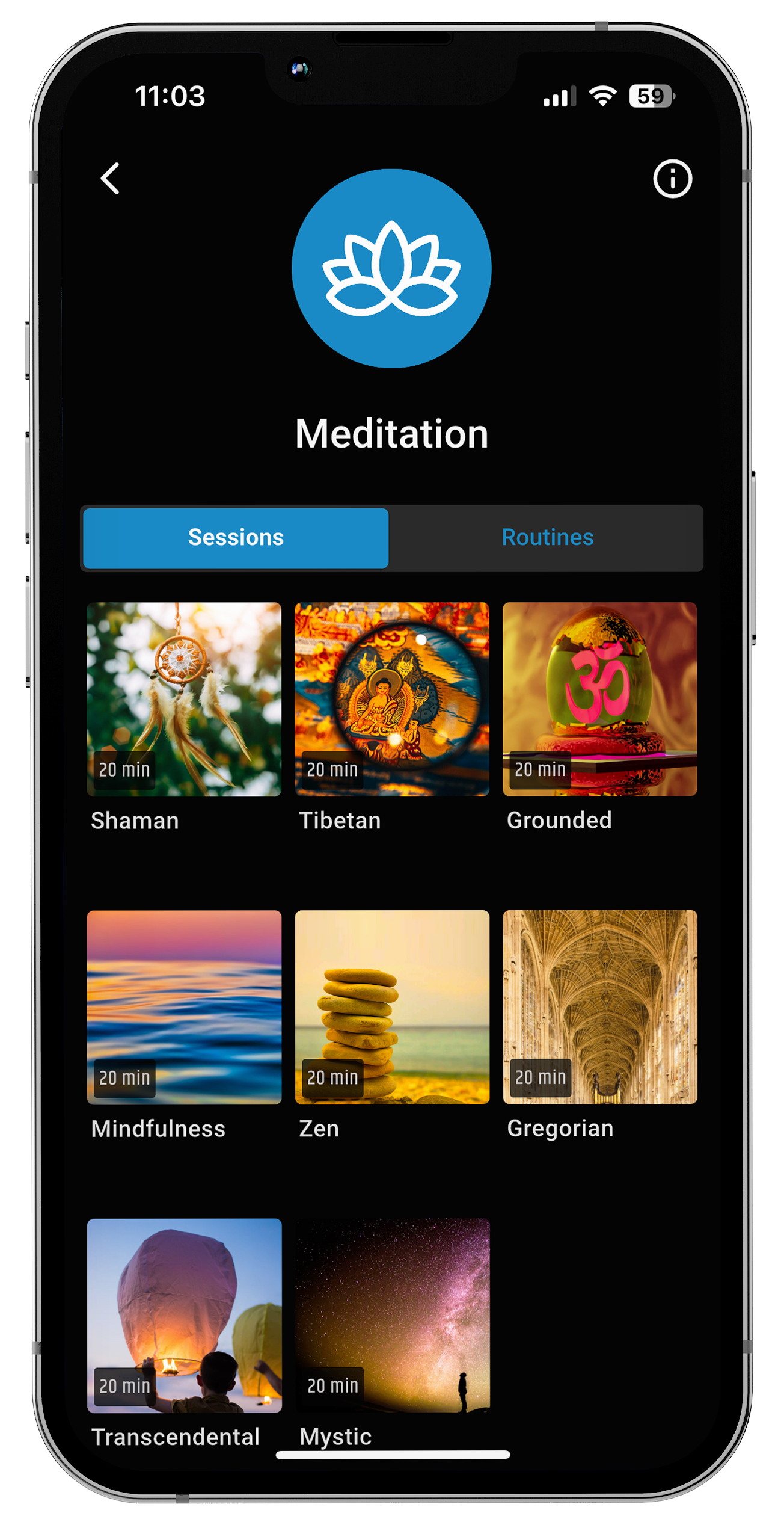
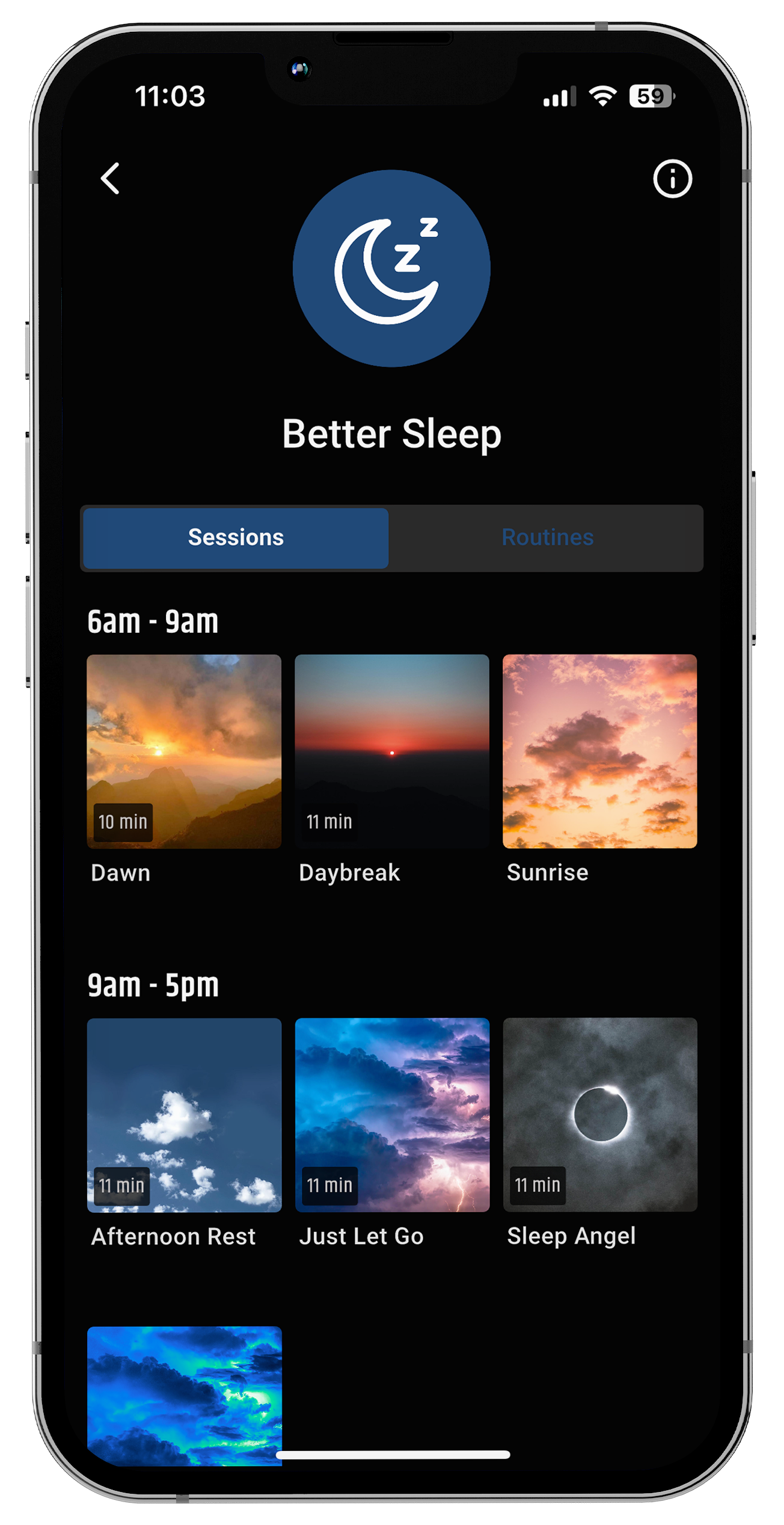









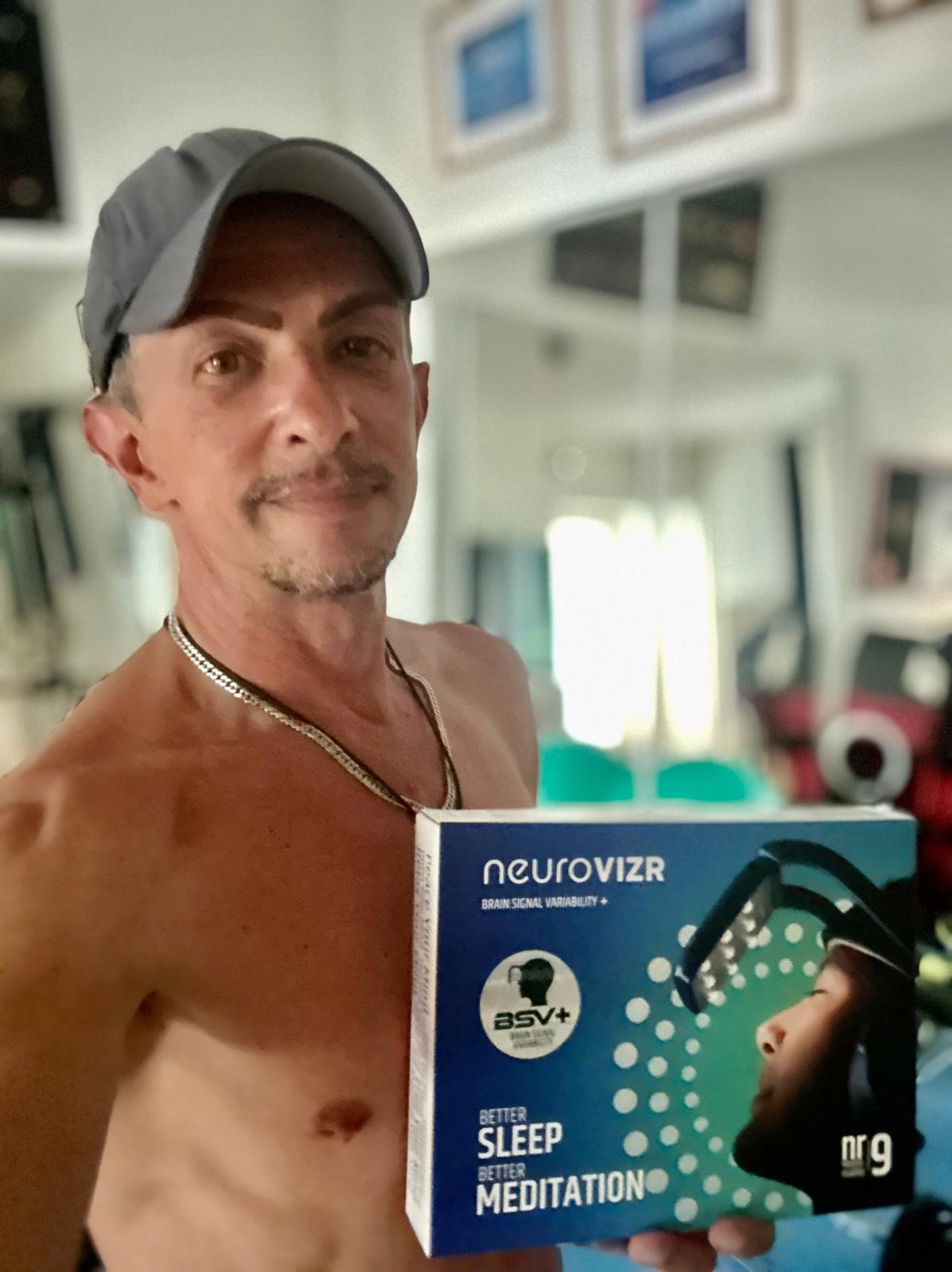
Share:
Intuitives vs Sensors: Which One Are You and Why It Matters
INTP vs INTJ: A Complete Personality Comparison